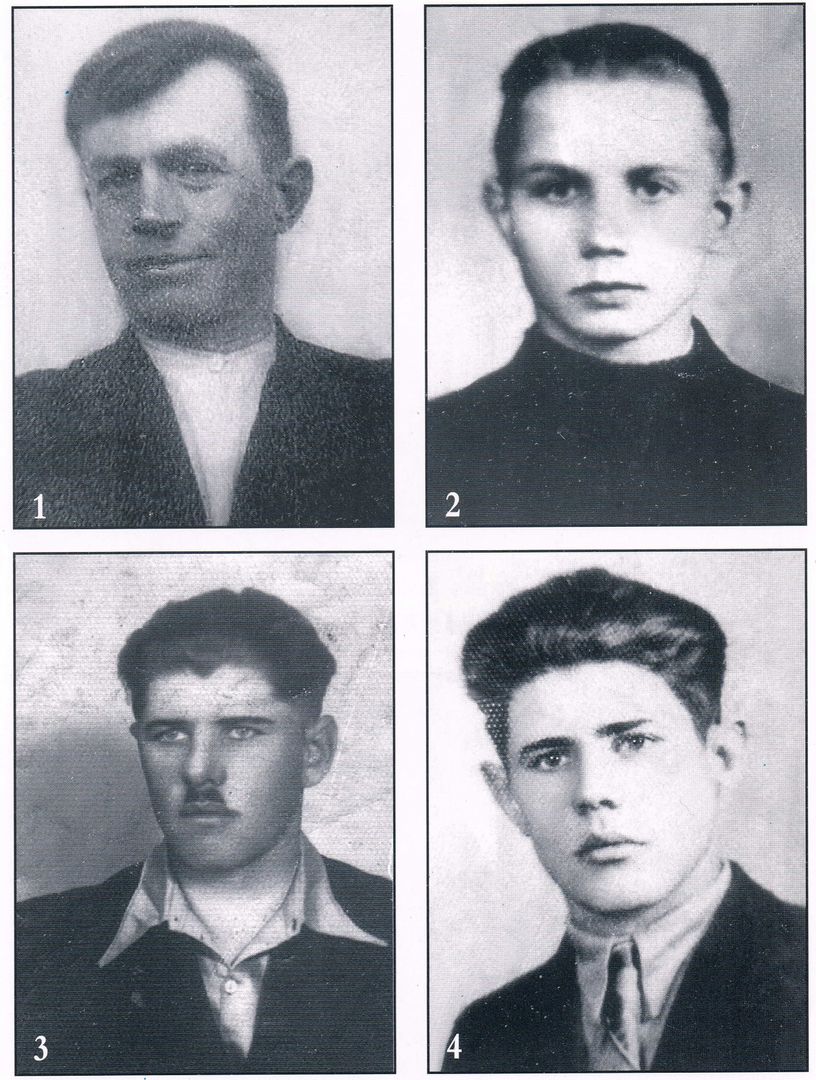Pniówek
6.33

Overview
Pniówek is a village in the Lublin Voivodeship, located in the Zamość commune, just 4 km from Zamość. According to the 2011 National Census, the village had 878 inhabitants. Pniówek, initially called Pniów, has roots dating back to the Neolithic period, and archaeological excavations have uncovered traces of settlement and a rich burial ground associated with the Lusatian culture.
The first written mention of Pniów dates back to 1404, when Jan Czuryło donated half of the village to his servant. In the 16th century, the village was part of the Zamość estate and developed despite difficult agricultural conditions. Over time, in the early 19th century, the village had a manor farm, an inn, and a school. During World War II, Pniówek was a site of underground resistance activity. Although occupied by the Germans, it was not evacuated.
In modern history, after the establishment of the Zamość Commune in 1973, the village underwent a series of modernizations, including electrification and the construction of a gas pipeline. In 2005, a monument commemorating the soldiers of the Home Army was unveiled. Pniówek stands out for its rich fauna and flora; over 30 species of birds live in the area around the fish ponds.
Touristically, the village is located on the Zamość commune cycling route, which passes through picturesque areas with panoramic views of Zamość. Pniówek also has a village hall and recreational areas, making it an attractive place for relaxation in close contact with nature.
Location
2025 Wizytor | All Rights Reserved